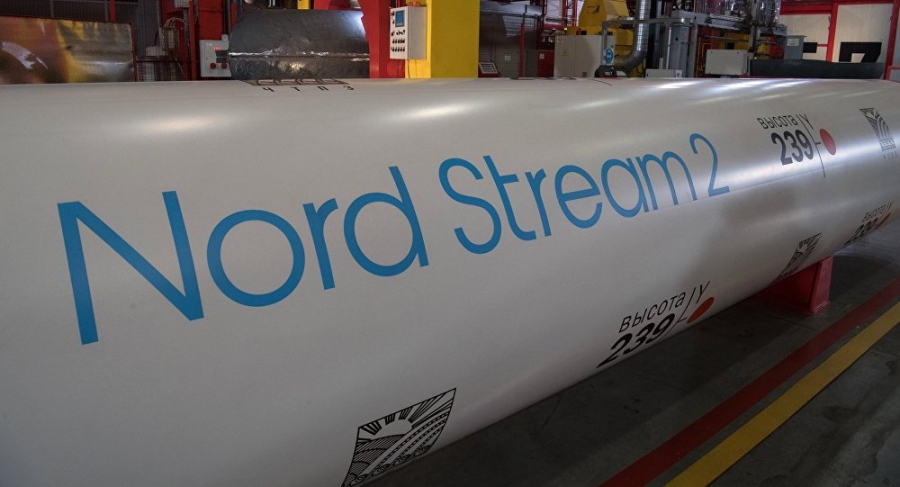The construction of the Nord Stream 2 natural gas pipeline that will deliver additional Russian gas to Europe via the Baltic Sea is expected to be completed on time and in operation by the end of 2019.
Russia’s energy company Gazprom, which owns the world’s largest gas transmission system, is building the dual pipeline, which was recently discussed at a meeting of Nord Stream’s board of directors.
“At last week’s meeting of the Board of Directors of Nord Stream, the course of realization of the gas pipeline project was discussed and it was confirmed that both pipes will be put into operation in late 2019,” said Gazprom Deputy CEO Alexander Medvedev, according to a February 5 report by RIA Novosti.
The Nord Stream 2 gas pipeline, at a cost of about $11.7 billion, is an expansion of the dual pipeline now known as Nord Stream 1, which was laid from 2011-12. The earlier line was considered the longest sub-sea pipeline in the world, running 1,222 km (759 mi) in length from Vyborg, Russia to Greifswald in Germany.
When Nord Stream opened, it had an annual capacity of 55 billion cubic meters (bcm) per year, but this is expected to double to 110 bcm by 2019 with Nord Stream 2, which is slightly longer in length, running 1,225 km (761 mi).
Last month it was announced that Germany has granted the necessary permits for construction and operation of Nord Stream 2 in German territory. Permits are to be issued by other countries in time for construction to begin on schedule this year.
Gazprom is considered the sole shareholder in the new project, although the Anglo-Dutch company Shell, Austria’s OMV, France’s Engie and German energy companies Uniper and Wintershall have financed 50 percent of Nord Stream 2’s costs.
Nord Stream 2 is expected to meet Europe’s growing energy demands, which must rely on nearly 50 percent of its supplies from outside the continent. A report on the Nord Stream 2 website shows that despite predictions that the continent’s demand will remain steady over the next 20 years, its ability to meet those demands using internal resources will decline.
With the world’s largest proved natural gas reserves and largest exporter, Russia has been a key external supplier for Europe. The pipeline system along the Baltic Sea bed is the shortest direct route to transport gas from Russia, where its key producing fields are located, to Germany’s coastline, from where the resources can connect to Europe’s larger power grid.







 Iran's senior military leaders described the drone and missile attack on Israel on April 14 night as “successful".
Iran's senior military leaders described the drone and missile attack on Israel on April 14 night as “successful".
 Azerbaijan officially unveiled the logo for the upcoming 29th session of the Conference of the Parties to the United Nations Framework Convention o...
Azerbaijan officially unveiled the logo for the upcoming 29th session of the Conference of the Parties to the United Nations Framework Convention o...
 Iranian President Ebrahim Raisi warned Israel that it would face a "real and extensive" response if it makes any "mistake" following Tehran’s missi...
Iranian President Ebrahim Raisi warned Israel that it would face a "real and extensive" response if it makes any "mistake" following Tehran’s missi...



